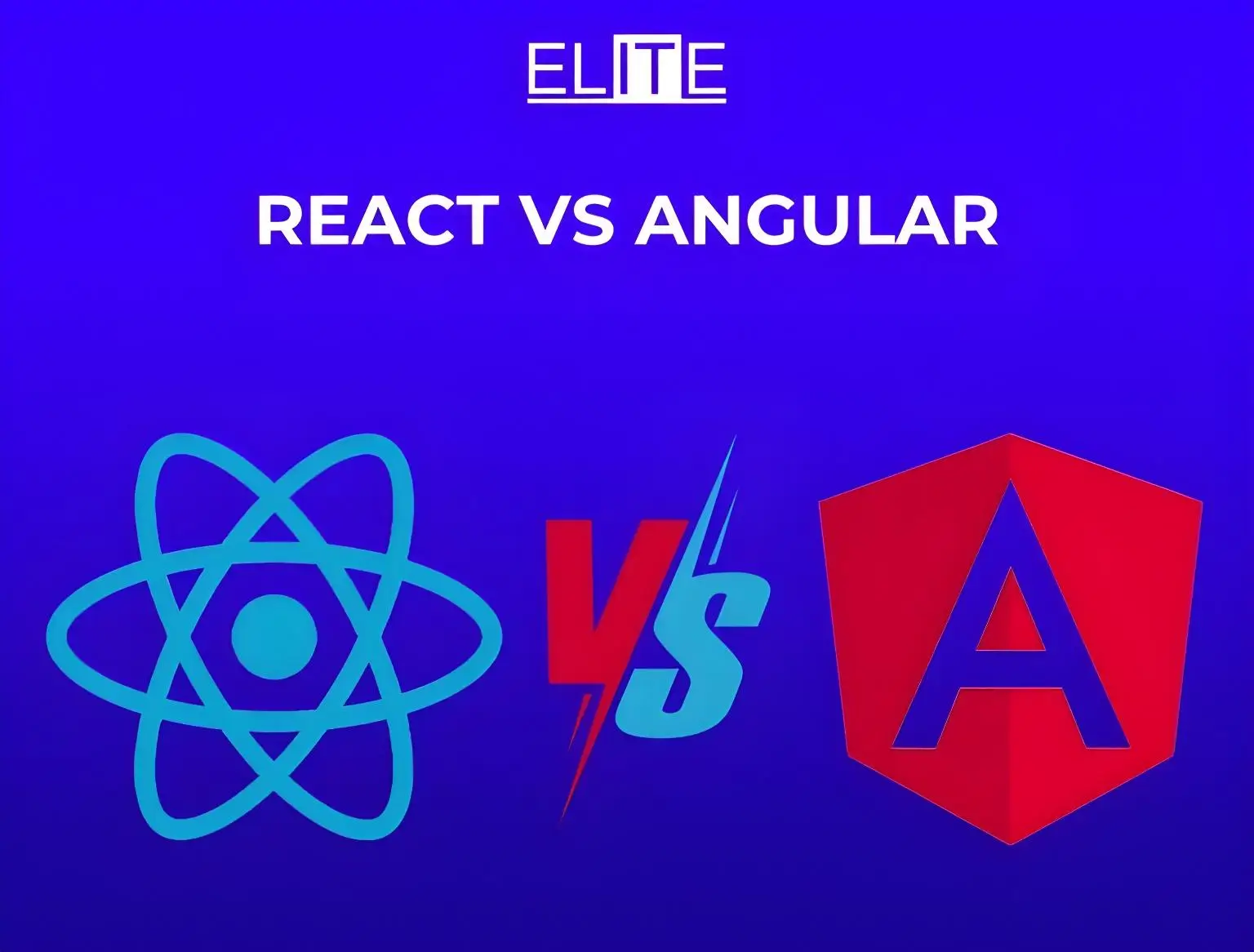When it comes to building dynamic, high-performance web applications, two names are popular: React vs Angular. In 2025, they’re both still at the top, widely embraced by developers worldwide. In fact, React is second only to Node.js among the most popular frameworks globally, with over 40% of developers preferring React over Angular. This stat alone highlights React’s competitive edge, but Angular also remains a solid choice, especially for those seeking a comprehensive framework. At Elite IT Team, we specialise in both React and Angular projects, offering industry-leading expertise to help you find the perfect fit for your needs.
So, when it is React vs Angular 2025, which should you choose for your project? We’ll dive deep into that question, we’ll explore React and Angular with a clear comparison, including specific use cases and examples that demonstrate each framework’s strengths. To learn more about how we can help build refined solutions, explore our web app development services designed to bring high-quality, scalable web solutions to life.
Let’s start with a quick overview of each framework before we break down their differences in detail.













